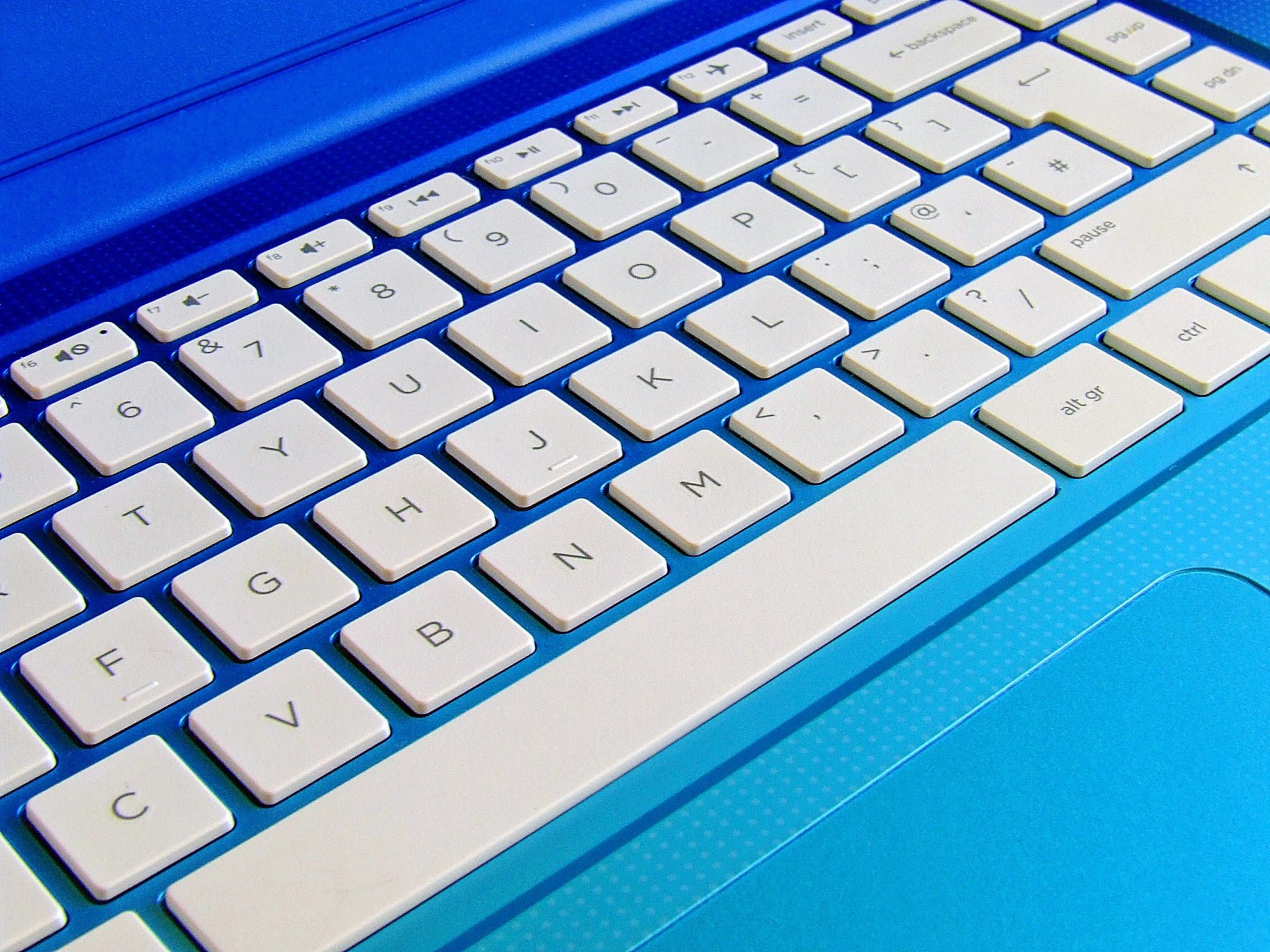Ever wondered what the Internet of Things (IoT) looks like? Well it’s not like the world of Pokemon Go – where virtual things push their way into the real world. The world of IoT is where real things are pushing into the virtual world, and the data these connected things provide is a heck of a lot more useful than any Pokemon you may catch.
For all you hackers out there, this is your dream come true. For all you CIOs, I can hear you groan about yet another “attack surface” you need to police and lock-down. For those of us in the insurance industry, the IoT presents a very big opportunity.
But what does it all mean?
In our little Insurance world, we have been pretty happy (smug) with our sensors plugged into cars and smart watches spewing driving and exercise data. But we have barely scratched the surface of the available IoT data sources. If you go to
thingful.net, you can drill down and look at the vast array of sensors. You’ll find personal weather stations, shopping center beacons, air quality sensors, river water level meters, building power supplies, ships, aircraft, radiation detectors -- a mind-blowing list of sensors that people have put into the wild and hooked up to the internet.
See also: Insurance and the Internet of Things
So now I’ve got your attention. Let’s do a little survey of some of the more
unusual suspects of devices being pressed into the service of underwriters and claim adjusters -- helping to reduce risk and improve lives. Let’s have some fun and do this in a “day in the life” style.
A Day in the Life of IoT
It’s Sunday evening. You’ve gone to bed, and you’re settling in for a good sleep. Part of the reason you are so relaxed is you have your new security system in place. Rather than having to wire up every door and window, this sentinel
uses sound waves to determine if anything untoward is going on. If your spouse nudges you in the middle of the night and says, “Did you hear that? It must be a burglar! You go and check it out,” you can groggily reply, “The alarm didn’t
hear anything, so go back to sleep!” Definitely worth its weight in gold. And what’s even better, insurers are giving
premium discounts and incentives for the installation of such devices. So you blissfully snooze on, dreaming of all those savings.
Rise and shine
So there you are, enjoying your fantastic dream when gradually the light intensity increases and you wake. Groan; it’s Monday! The lamp next to your bed has been triggered by the sleep sensor strip under your mattress.
This great night’s sleep has been fully recorded and automatically logged for your later analysis. Some insurers are now incorporating
sleep into their
premium discount models. According to the
NHS, lack of sleep can lead to obesity, heart disease and diabetes, plus a range of other quality of life issues. You are a little smug – being paid to sleep – cool.
See also: Coverage Risks From the ‘Internet of Things’
So the morning run is next. However, before you hit the track, you must “clean out the cocky’s cage” – brush your teeth. No problem, your connected toothbrush logs every swirl and stroke and the duration of your brushing. You hear your phone buzz with the alert on how you’ve missed the right molar at the back – oops! There is an insurer that offers
discounts on dental insurance for sharing brushing data and following their dental health advice. Interesting to note that, beyond making you better social company, good dental hygiene
reduces risk for heart disease, stroke, dementia, respiratory problems, diabetes, cancer plus a range of other issues.
Running can be bad for business
So now you slip on your running shoes. Inside, there are
smart insoles that will log your run (just like all those boring wrist-bound trackers). They can also coach you to improve your running style by analyzing the data from pressure points on your feet and overall gait. Many insurers reward customers for being active, but not many are concerned that the chosen activity may cause other problems – it’s only a matter of time. What insurer would want to give discounts for running only to be hit with claims related to knee, hip and back problems due to poor running style? Fortunately, you’re a good runner and ready to hit the road.
So you are just about to go out the door, when you remember you’d like to eat some hot soup for breakfast once you get back from your run. You head to the kitchen and put the soup on a slow simmer on the stove. Finally, you’re outside with your hot breath fogging in the brisk morning air – glorious. Your phone buzzes – what now! Your stove is warning you that you have left it on. Okay, no problem; you knew that. You reset the app alarm for 30 minutes – how long you expect to be running, so off you go. According to industry sources, the number one cause of household fires in the U.S. is from the stove being left on unintentionally. Some IoT sensors can
automatically shut off the stove where the owner fails to respond. The cold air is invigorating as you jog down the road, but the thought of that hot soup waiting for you at home puts that little extra spring into your stride.
Welcome home
On return, you find the house still standing. No surprise, as your smoke detector is working, and your insurance company is making certain of it. More insurance companies are offering
premium discounts for sharing detector data. A shocking statistic is that 60% of civilian fire fatalities in the U.S. occurred in homes without a working smoke alarm and that 70% of smoke alarms fail to operate because of missing or dead batteries.
The soup and toast were wonderful. Now showered, dressed and energized you’re ready for work. Then the phone buzzes – “What did I have for breakfast?” You enter into a dialogue with your AI-powered diet coach. It inquires about your eating habits and discusses your personal weight and health targets. It closes out the conversation, encouraging you by letting you know what a good job you’ve been doing. Yay! BMI is already an entrenched factor for many insurance plans, so a personal
dietary coach to help you eat healthy and
achieve weight loss targets can assist to reduce premiums. Several companies are exploring the use of AI technology to effectively implement behavior change associated with dietary and exercise programs.
Off to work
Today, your car is in the workshop, so you take an Uber to work. As luck would have it, you get a
Driverless Uber, so today has already turned out to be really geeky.
See also: How the ‘Internet of Things’ Affects Strategic Planning
Arriving at the construction site, you put on your work protection gear. Inside your gear, the wearable sensors plug you into the overall
workforce management system for the site – your every move is now tracked. You know that safety always comes first. Since the new wearable system has been in place, accidents and injuries on the site have reduced significantly.
Insurers are investing in and
exploring the use of wearables and other related systems as a way of reducing workers’ compensation risk.
The bottom line
Had I had written this article five years ago, many would have scoffed at it as a work of pure fantasy. I am happy to say that all of the above cases are very real and do have insurance links. It goes to show that the range and depth of data available are rapidly expanding, and with it our ability to modify the risk equation. In our industry, that’s a big deal. So, next time someone says “IoT,” remember the big opportunity that goes beyond the usual suspects. You can be certain that someone out there is already thinking about how to exploit them.
This article first appeared at The Digital Insurer.

